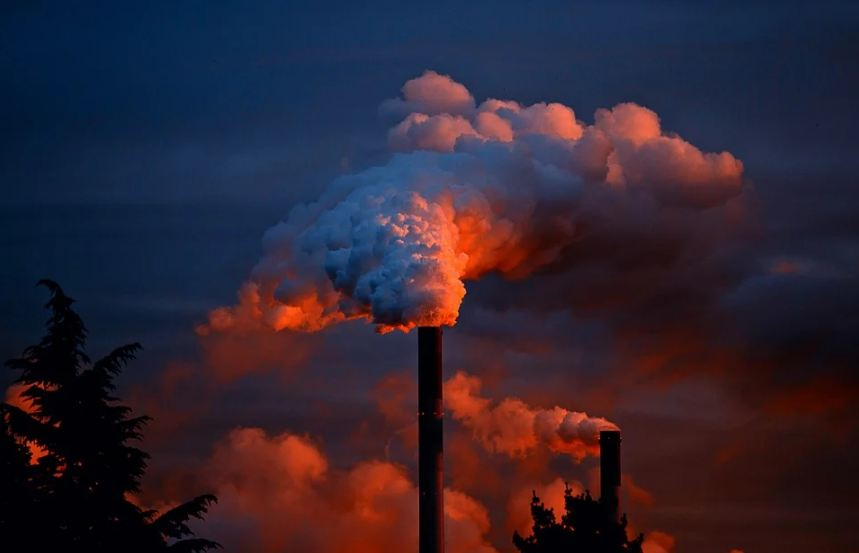It has been found that microplastics, have been found in almost every ecosystem on the planet. Microplastics, which are ubiquitous pollutants, have been detected even near the peak of Mount Everest, in the Mariana Trench, Antarcticas snow and even in human blood, IANS reported.
“The first finding of microplastics in small short-term water reservoirs created by plants is further evidence that contamination of this kind spreads through various pathways and probably no environment on Earth is safe,” researchers from University of Presov in Slovakia said, according to the agency.
Pixabay
Earlier this year, researchers had said that microplastics were found in human lungs, in apparent proof that humans are breathing plastic elements from the air. This is also the first time that microplastics are found in live human lungs.
It was discovered by the University of Hull and Hull York Medical School as they found plastics less than 0.2 of an inch (5mm) in diameter in a deep section of human lungs.
More From IANS
The new study was based on organisms living in the little water puddles forming in teasel leaf axils.
Teasels of the genus Dipsacus have characteristic opposite leaves that grow on the stem above each other in several levels.
They clasp the stem and form cup-like structures that collect water, known as telmata.
“Teasel phytotelmata are a relatively common but overlooked aquatic microcosm with a very short-term occurrence of only 3 to 4 months,” said the researchers.
During the study, the researcher found differently coloured fragments and fibres with some reaching 2.4 mm in length, which were identified as microplastics.
“These phytotelmata are very small and have a short lifespan,” according to the study published in the journal BioRisk.

Pixabay
“Since there were no other sources of contamination, the fragments and fibres were most likely from polluted atmosphere,” revealed the researcher.
“Another theory is that snails may have transported them from the soil or from other plants, in or on their bodies,” they added.
Due to their abundance and theoretical ability to capture microplastics in several ways from the environment, teasel phytotelmata could be a good indicator of microplastic presence.
(With inputs from IANS)







